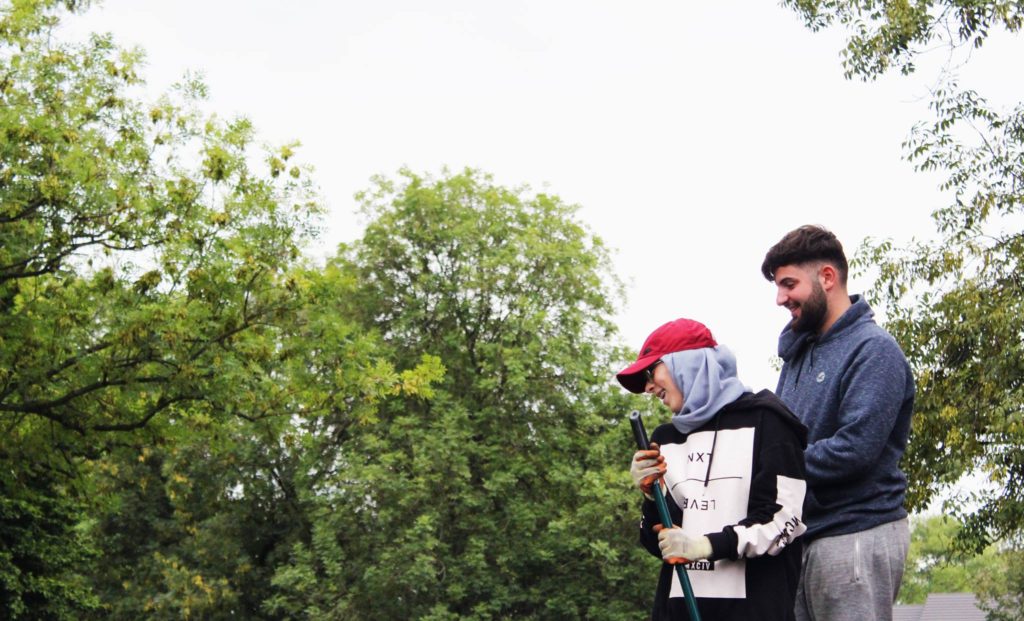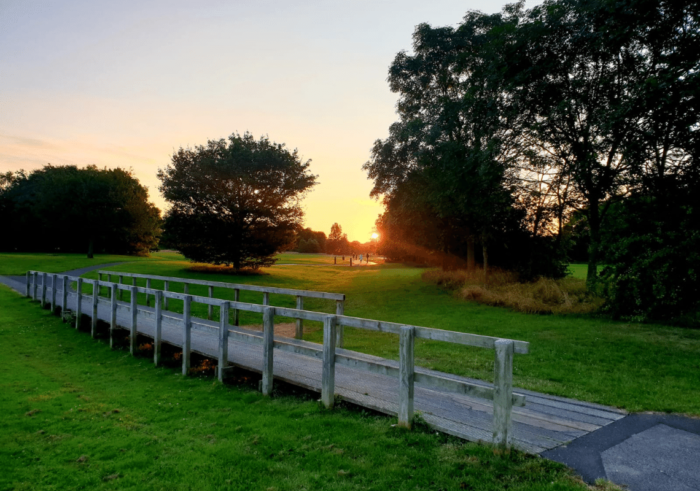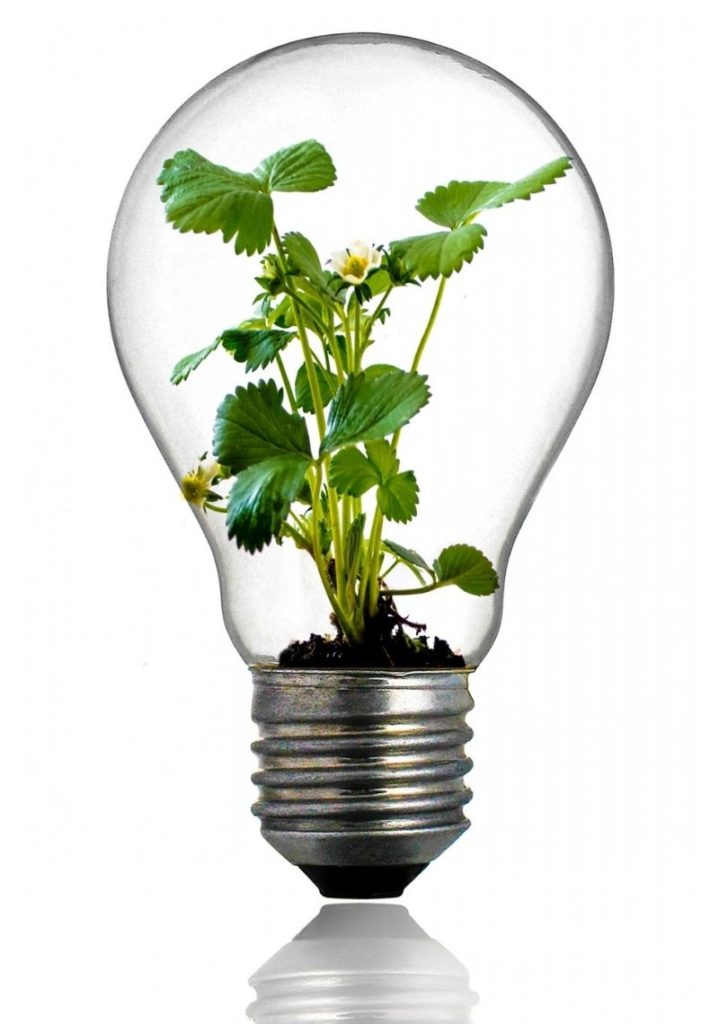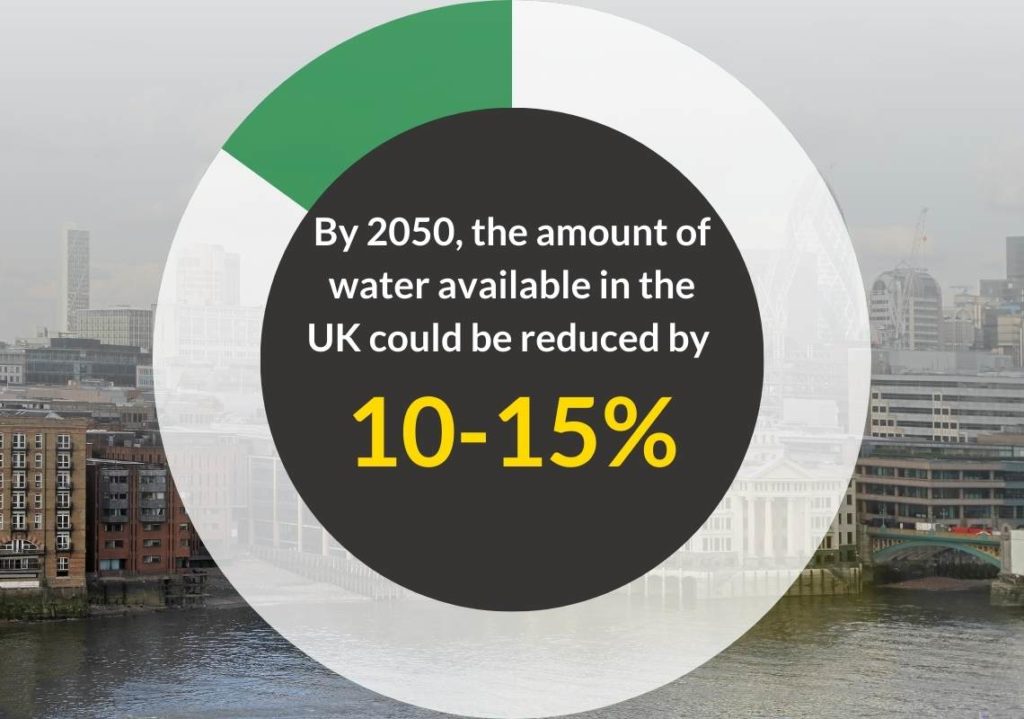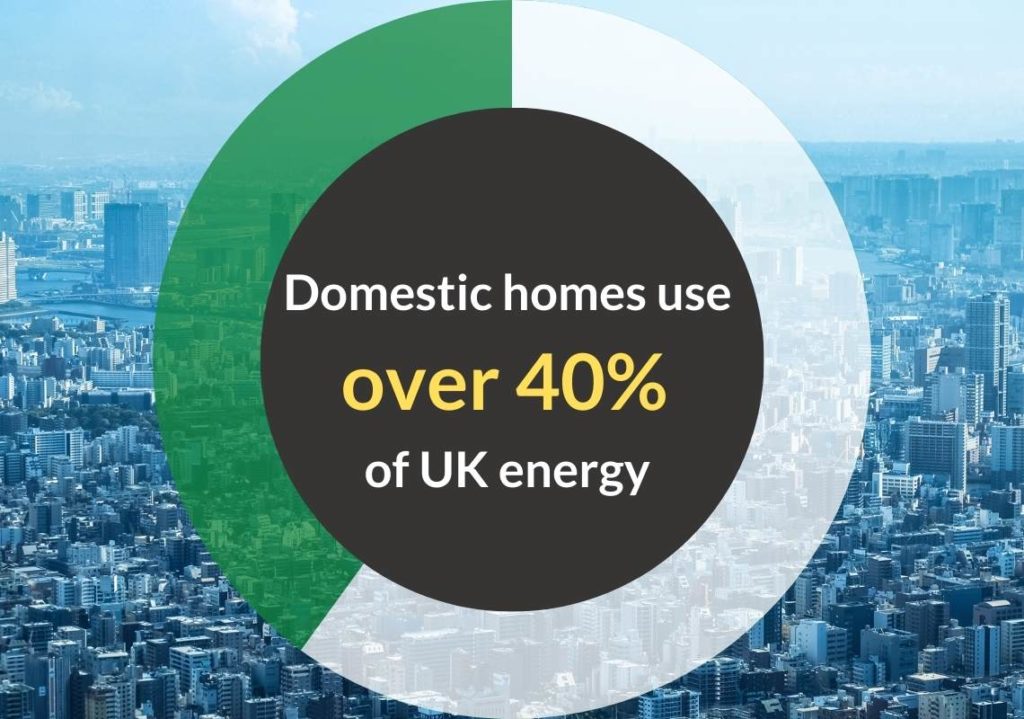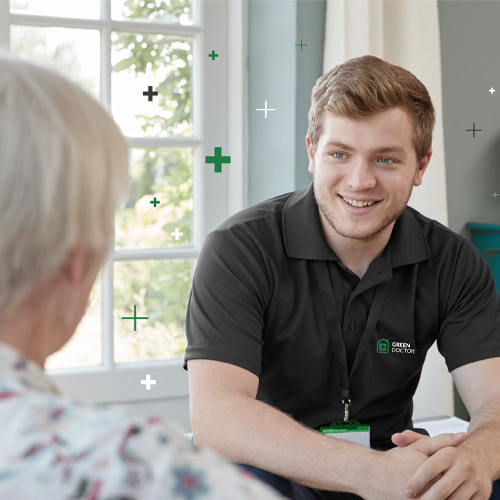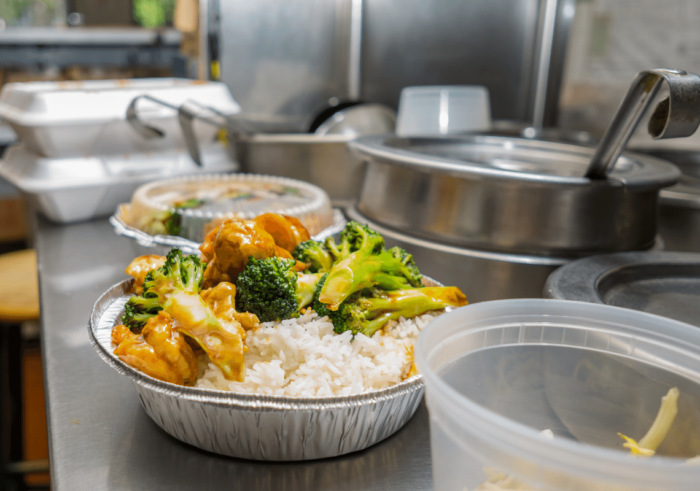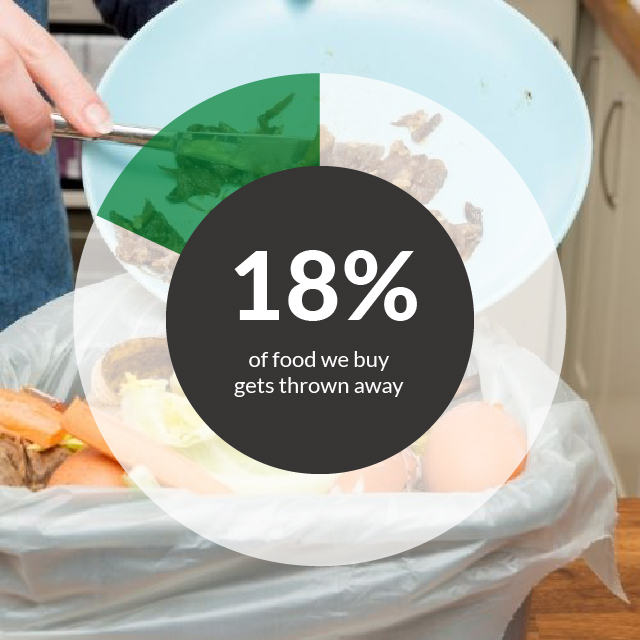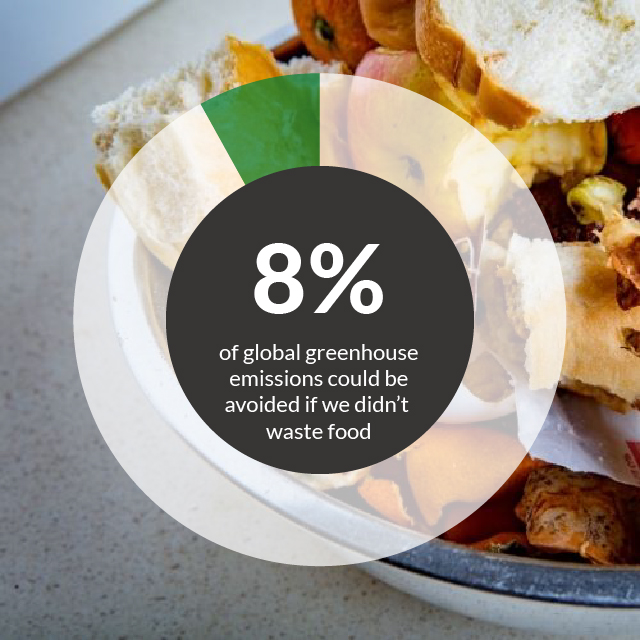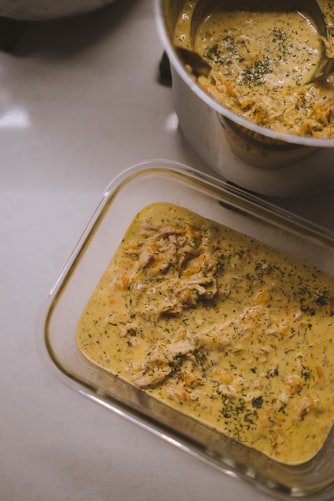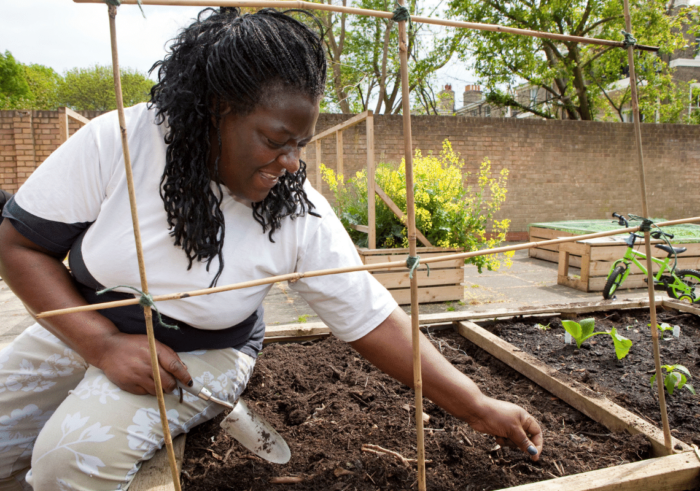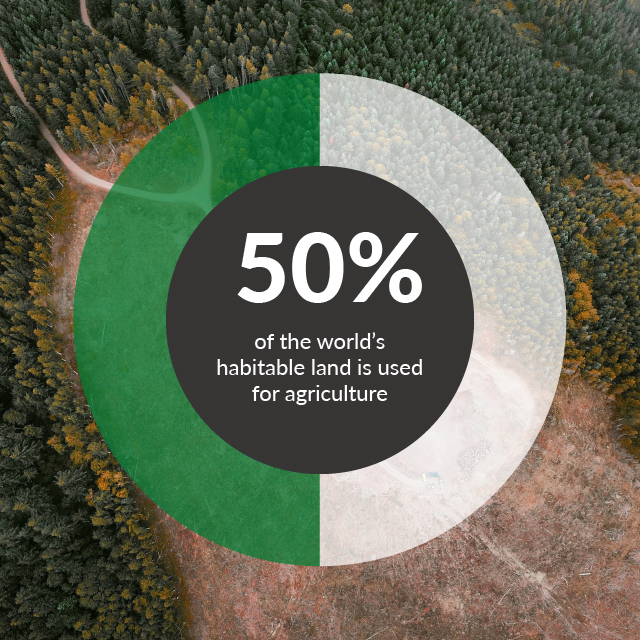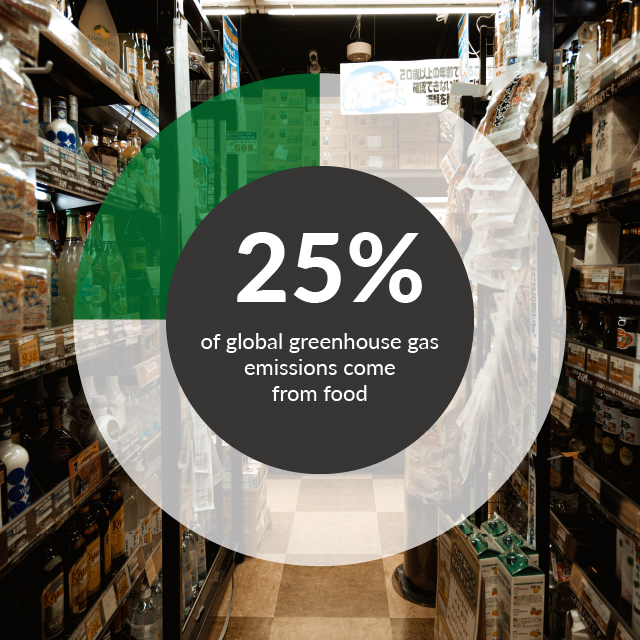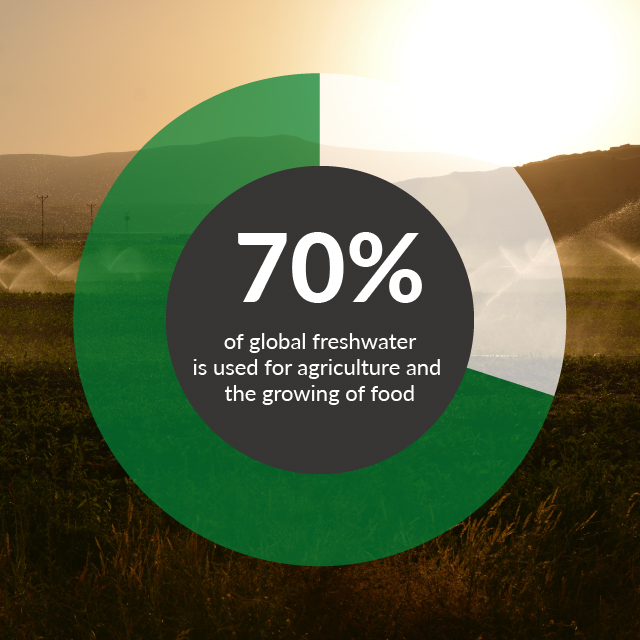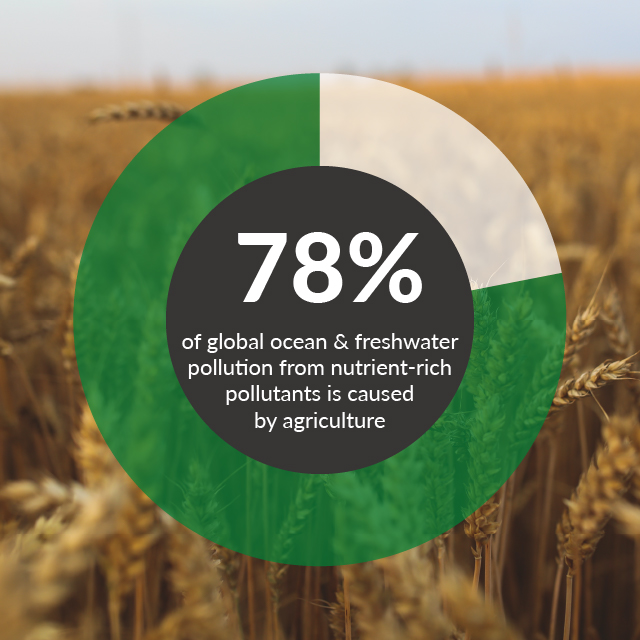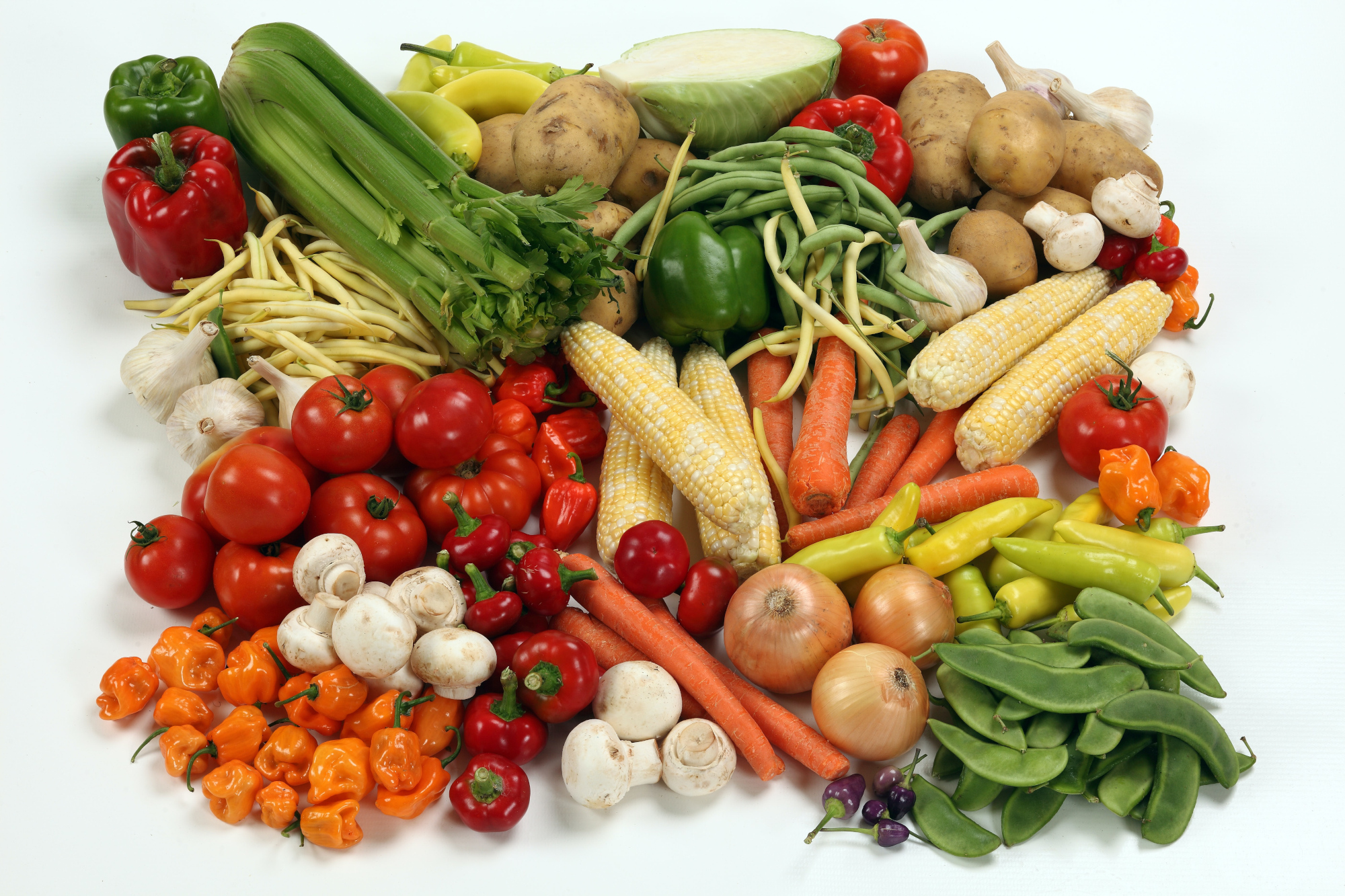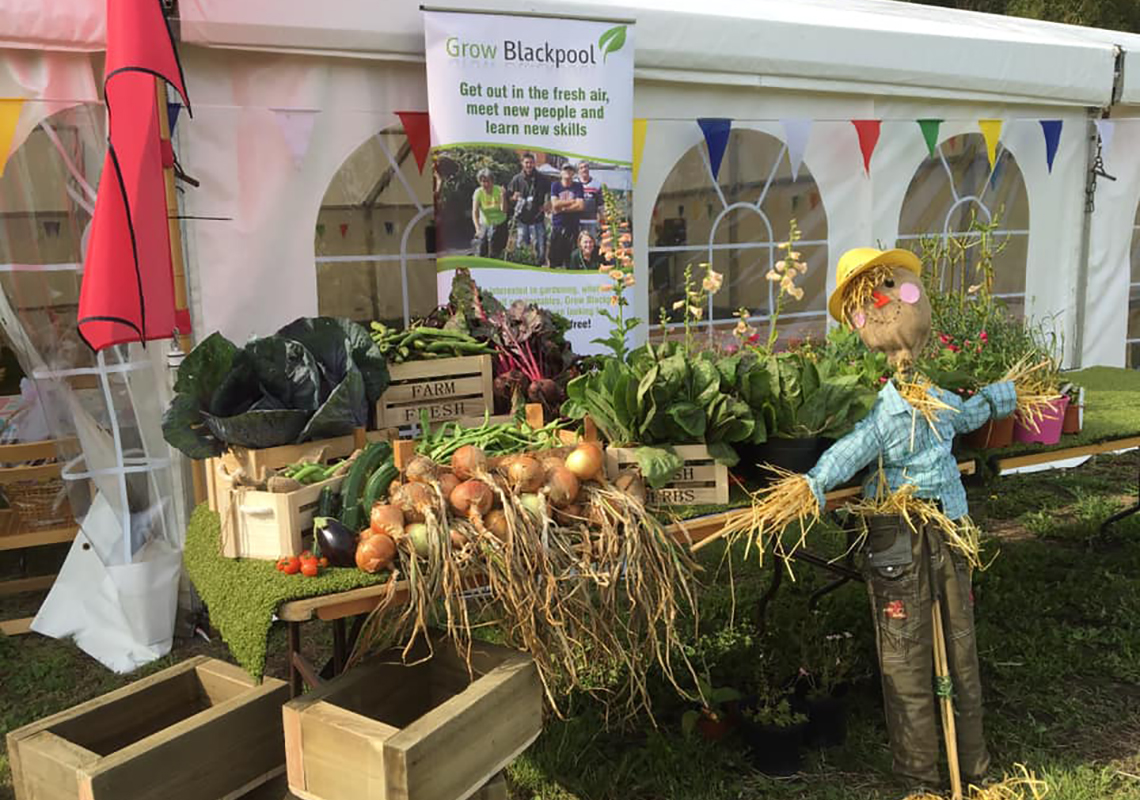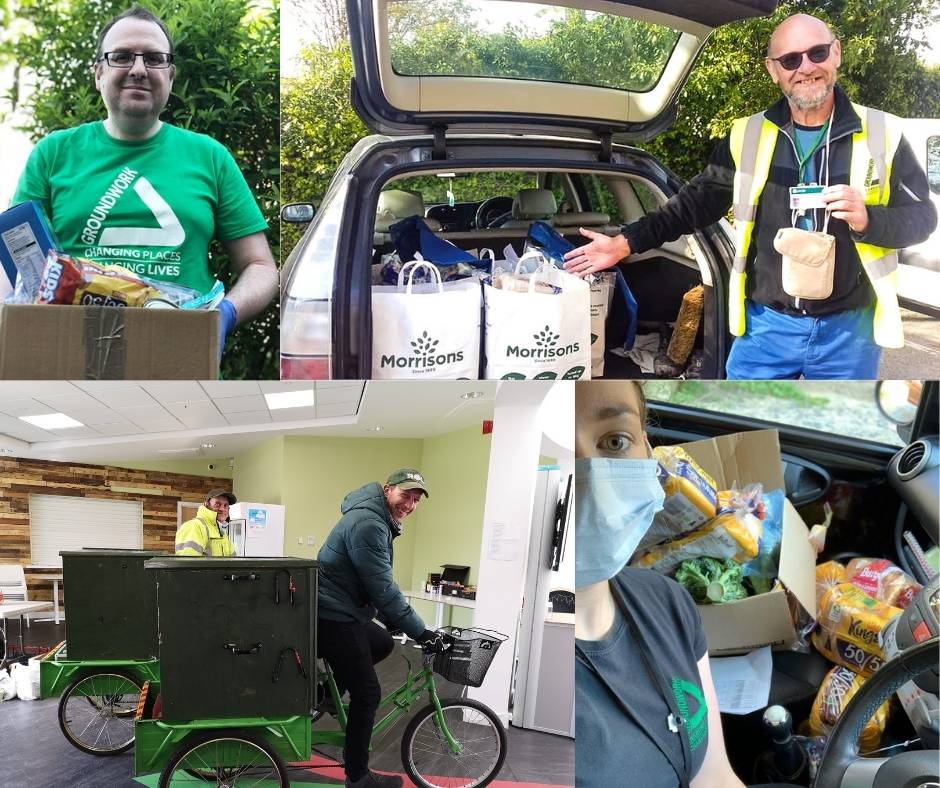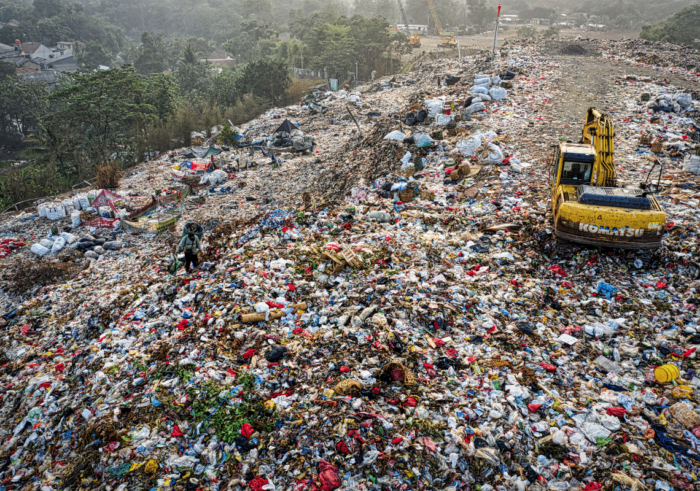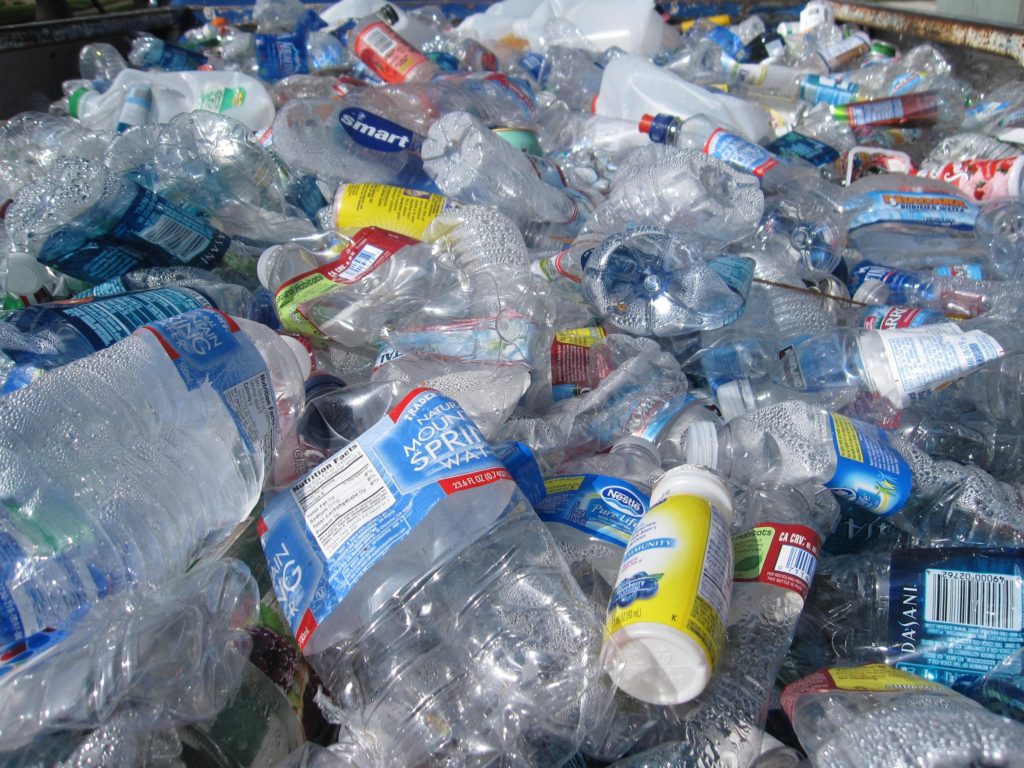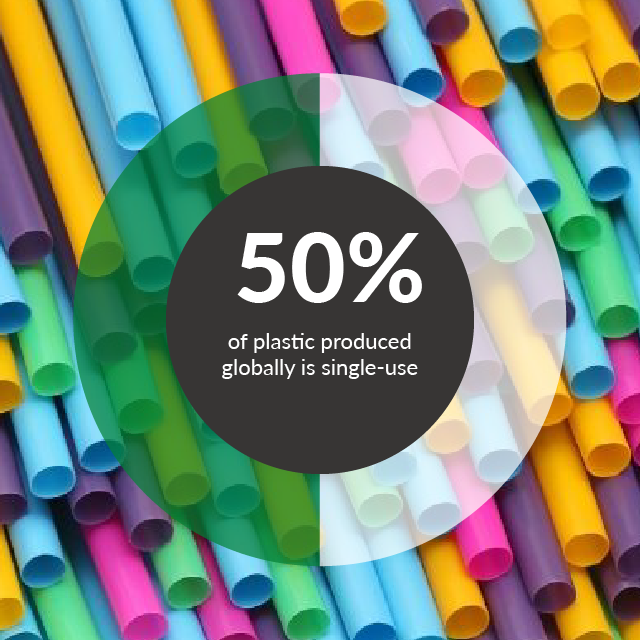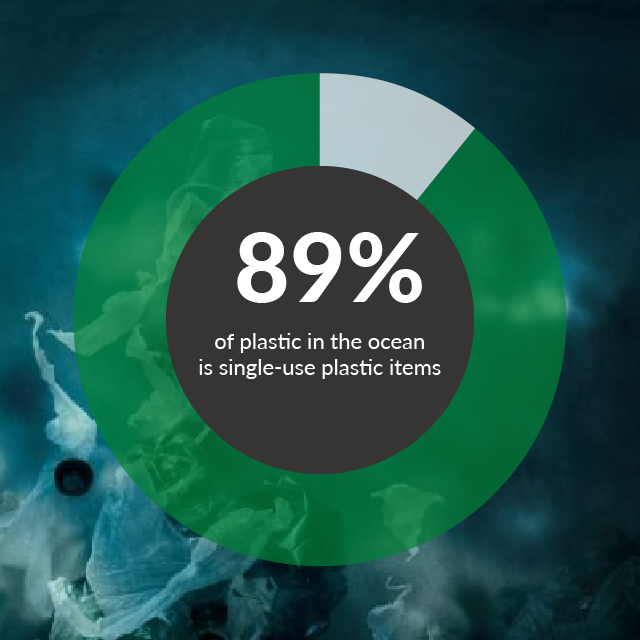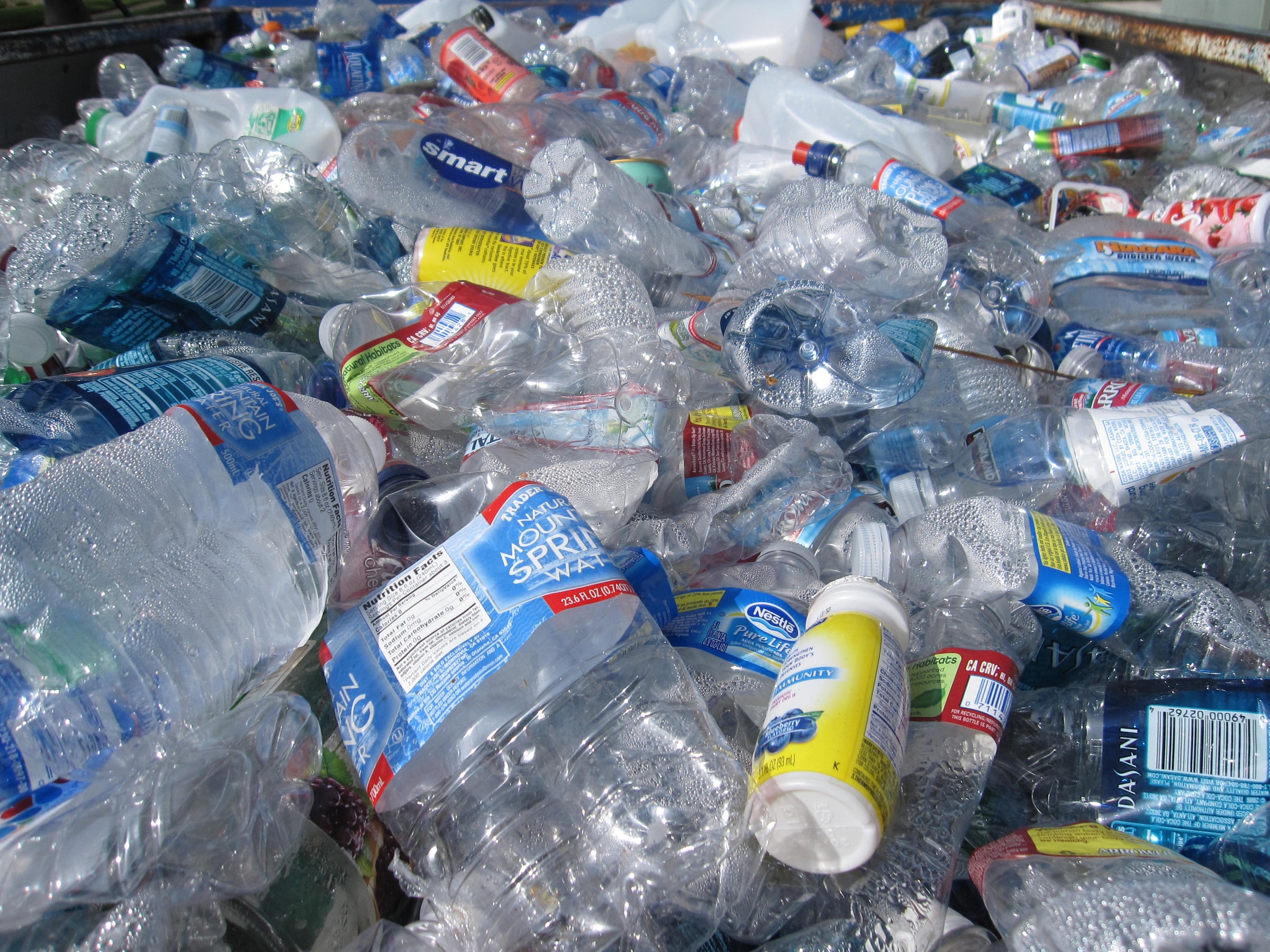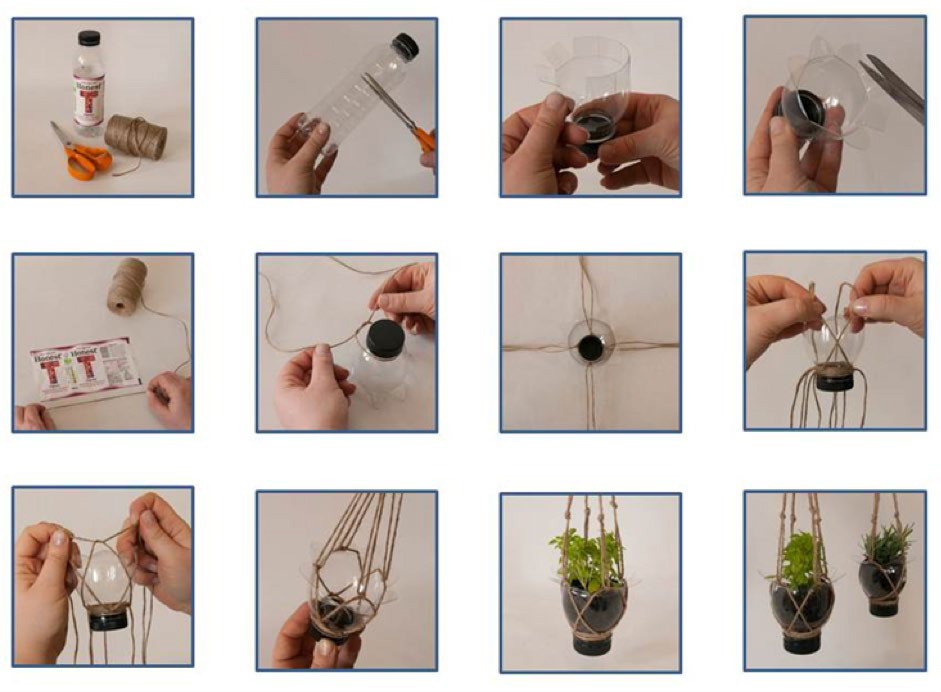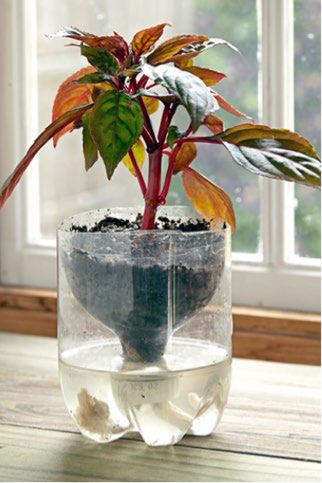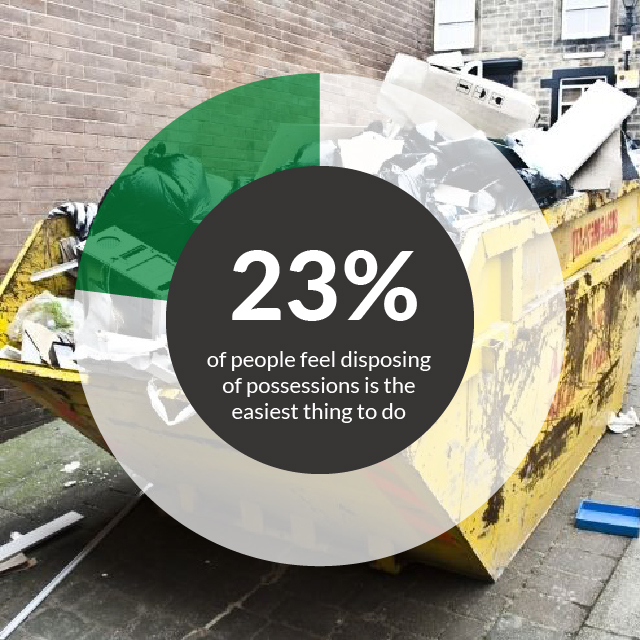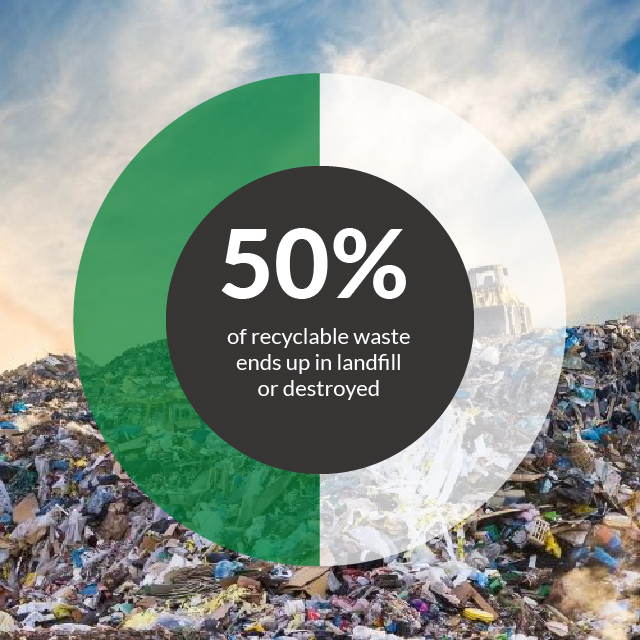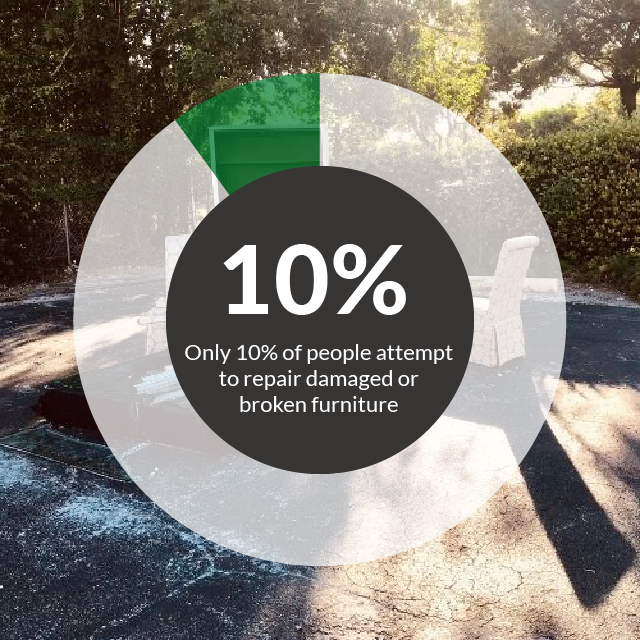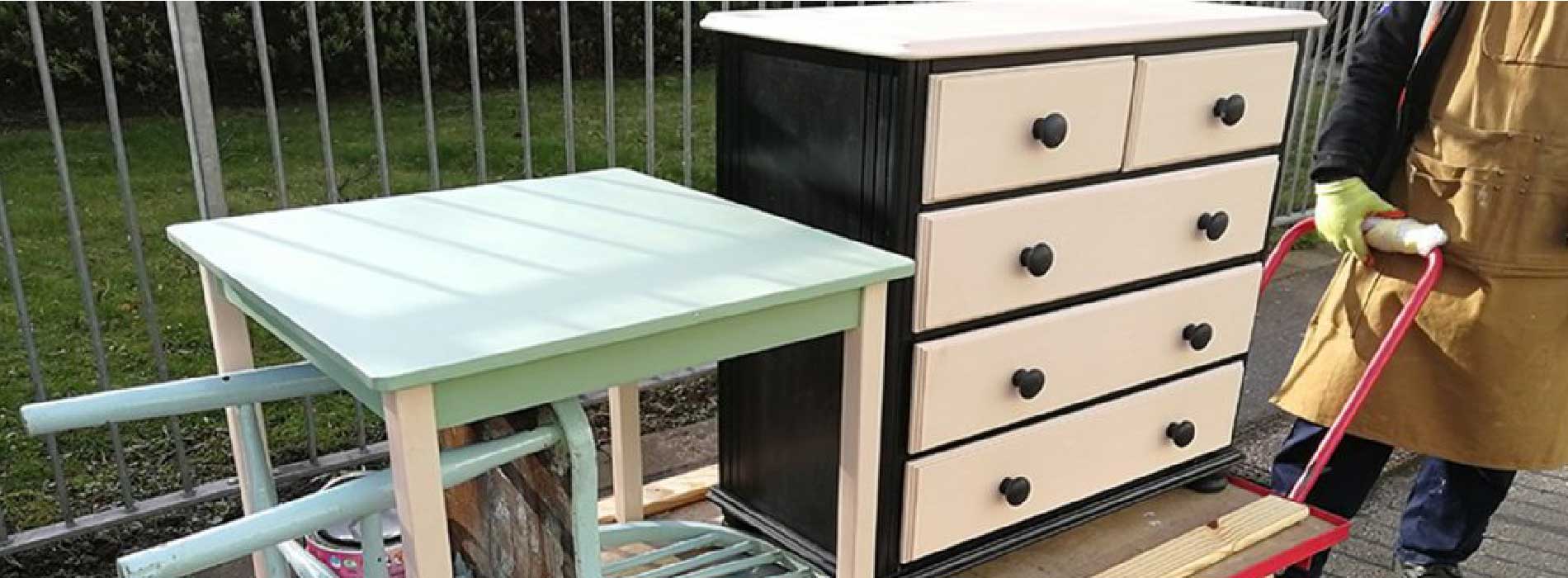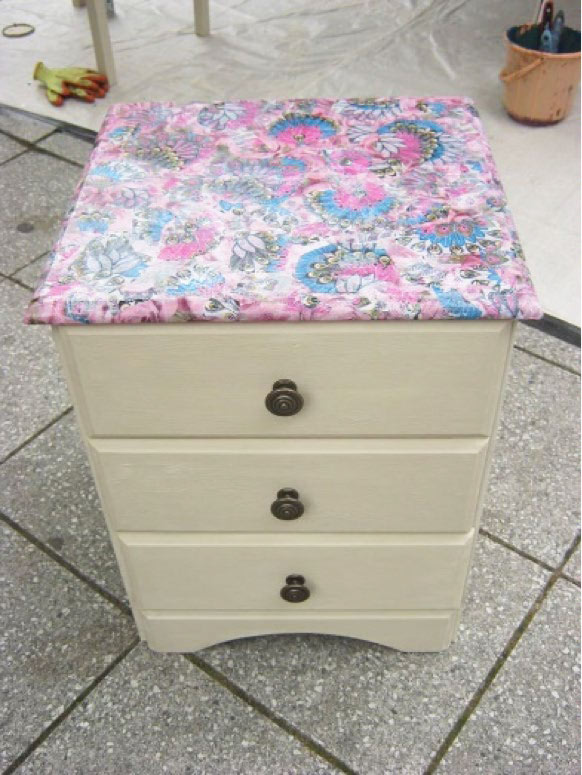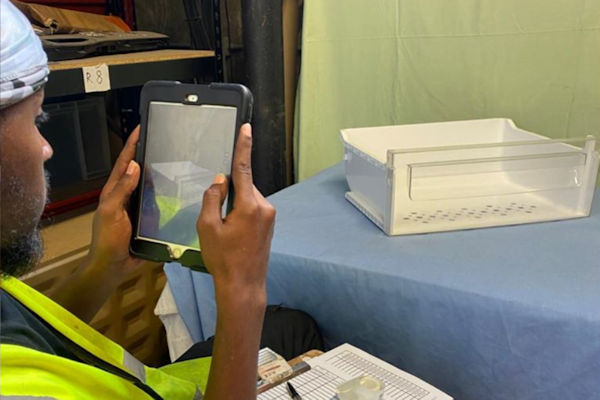
Really Wild Challenge
The UK led the world by kicking off the industrial revolution. This also meant we led the world in eroding our natural environment.
This legacy means that today we are left with only half of our national biodiversity, making us one of the most nature poor nations in the world.
This loss of species is continuing at an alarming rate and not enough is being done to reverse the damage to our natural environment, both here and across the globe.
The good news is that we can all play a role where we live in creating a space for nature. Green spaces, big and small, are the lungs of our planet and provide safe havens for thousands of wildlife and plant species. Whether that’s a local nature reserve, parks, our gardens or even a window box in a flat, it all helps.
Those of us living in towns and cities are playing a surprisingly large role in providing a refuge for nature. Otters are returning to the rivers in Sheffield, Peregrine falcons are nesting in Birmingham University and, overseas in Singapore, the city has become one of the last refuges for the straw-headed bulbul.
As if that wasn’t enough, it’s also great for us. Regularly connecting to nature has a huge positive impact on our physical and mental health – so much so that nature has sometimes been nicknamed ‘Vitamin N’. Green spaces are working hard behind the scenes too – soaking up flood water and cooling urban areas. They are even cleaning the air – like the ‘green walls’ that Groundwork is installing around schools to protect children from pollution.
This challenge is all about appreciating these vital spaces local to us that are carved out for our wildlife and discovering ways to support biodiversity on our doorstep.
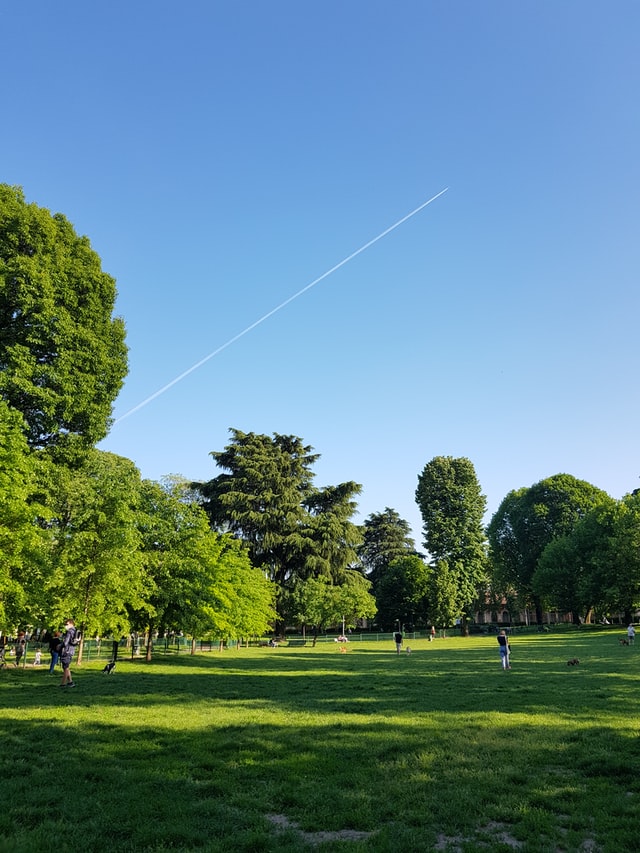

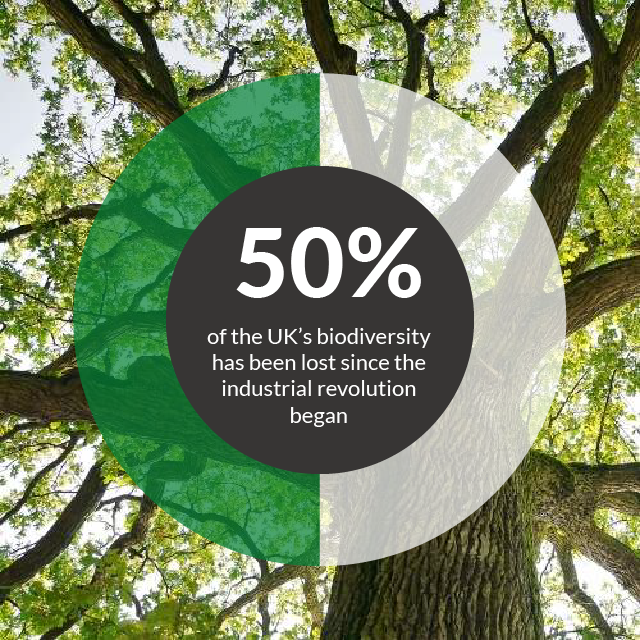
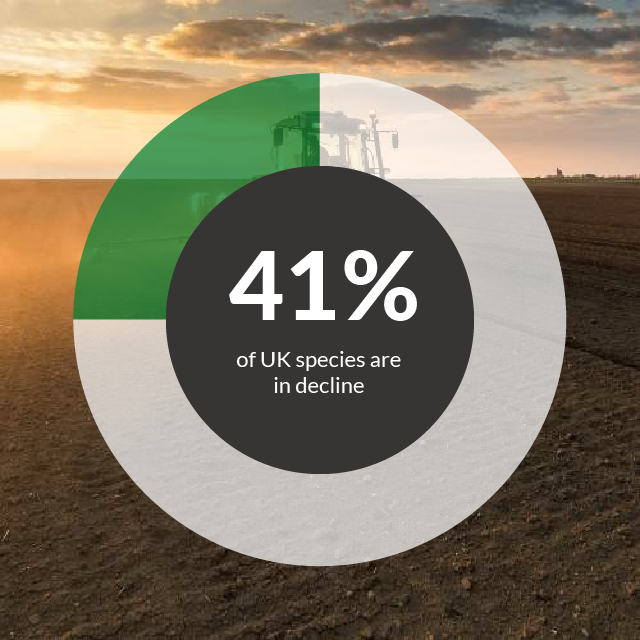

Your Challenges: discover and help your local wildlife
Challenge 1: Snap the nature on your doorstep
Your challenge is to take a picture of amazing nature on your doorstep, either in your own garden or from a walk in your local area, parks or open spaces. This could be spring flowers, a majestic tree, animals, birds or insects.
Post your snap to Twitter or Facebook with the hashtag #GroundworkEcoChallenge with details of where your snap was taken and why open spaces are important to you.
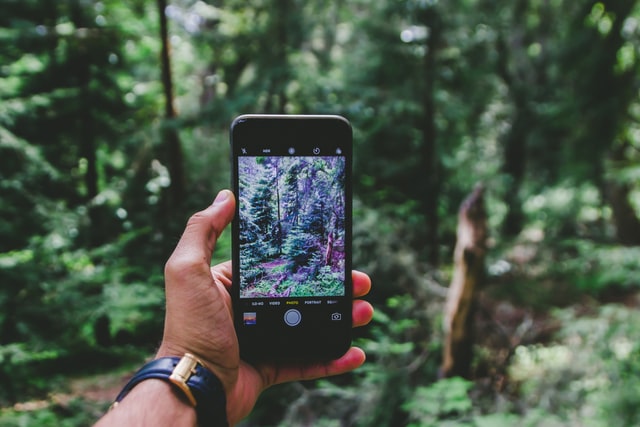
Challenge 2: Create a ‘bee bomb’
You’ve probably read about the decline of many insect pollinators, like bees, in recent years. We rely on these helpful bugs to ensure our crops grow, so their falling numbers are a worry for us all. We can make small changes the help them out like leaving dandelions to flower in spring, creating homes for them in bug hotels and reserving parts of our gardens as wild areas.
In this challenge you are creating one solution – ‘bee bombs’. They are packed with native wildflower seeds and scattering them on bare ground and wasteland creates handy refueling stations for our pollinators.

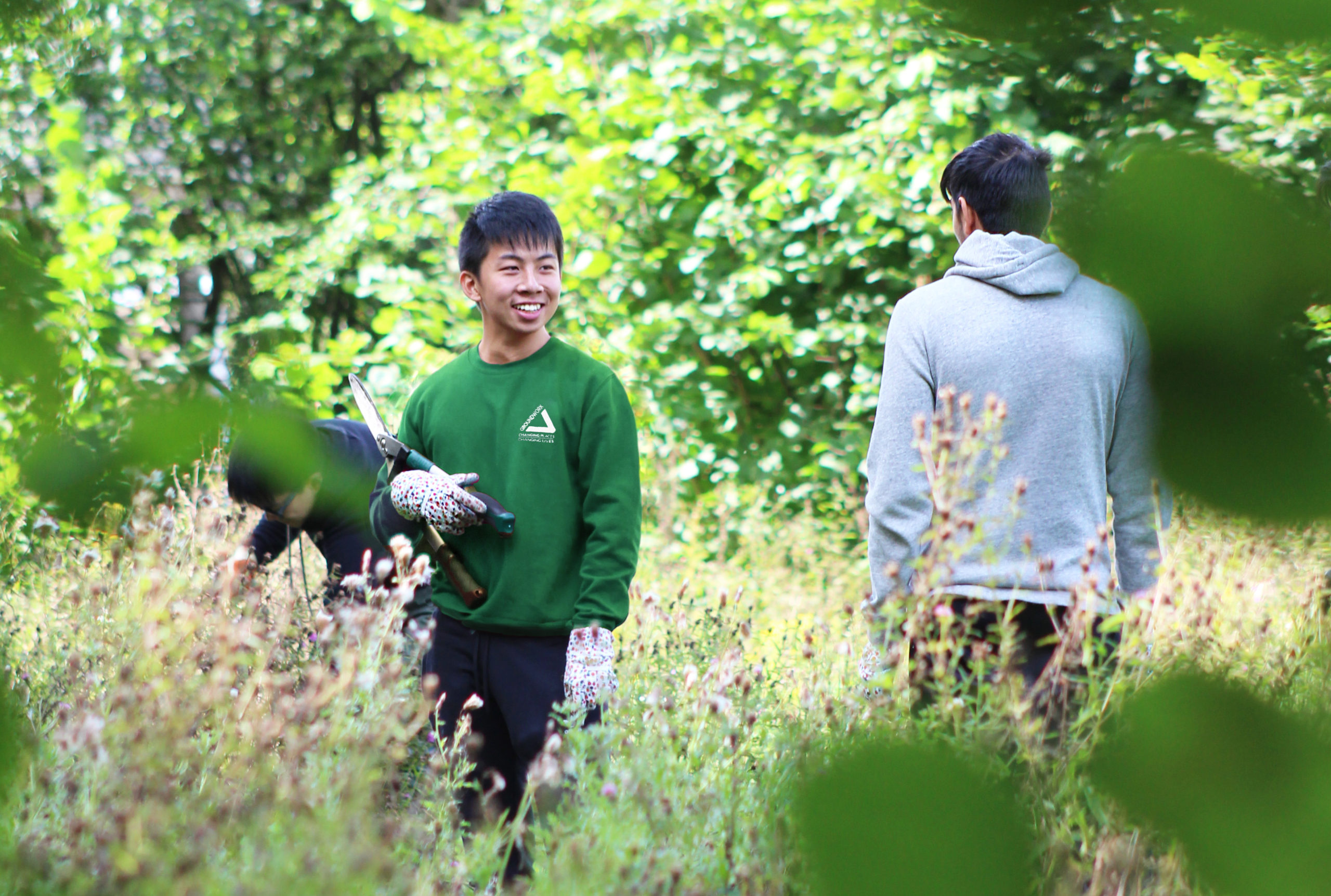
What Groundwork is doing
Environmental Volunteering
In 2019 alone, Groundwork unlocked 50,000 days of social action with over 23,000 hours of volunteering donated by corporate volunteers.
We work with volunteers to take action on the ground to create vibrant, healthy and sustainable green spaces where wildlife and plant species can flourish. We develop and improve spaces to benefit local communities and ensure that more people in disadvantaged communities have access to these vital spaces.
Natural Neighbourhoods
Natural Neighbourhoods is a targeted programme which helps young people into employment. The programme creates jobs and develops a long-term programme of environmental traineeships to support the improvement and protection of local parks and the greenspaces that matter to the surrounding communities.
Natural Neighbourhoods will encourage existing and new local volunteers to get involved with local projects. Working alongside landowners to enhance the quality of accessible green space in towns with high levels of deprivation; country parks in urban fringe areas; and pockets of public space in isolated rural communities.
